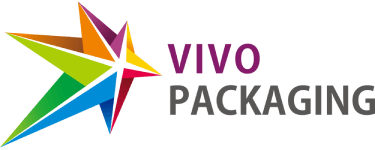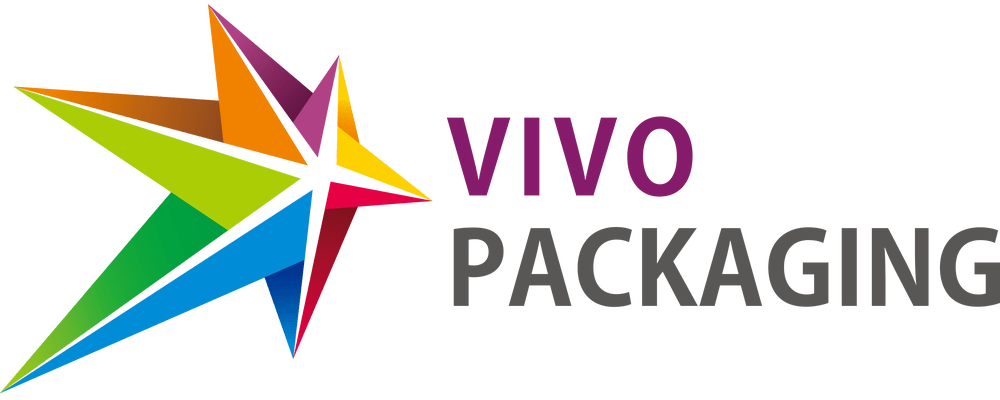$0.00
Plastic Recycling Codes
 POLYETHYLENE TEREPHTHALATE (PET OR PETE)
POLYETHYLENE TEREPHTHALATE (PET OR PETE)
Smooth and clear plastic that can be semi-rigid to rigid depending on container wall thickness. Polyethylene Terephthalate is known as “PET”, but the recycling code is PETE because PET is trademarked.
Common uses: Plastic bottles for soda, water, food, liquid soap and lotion.
PROS
- Good to fair general chemical barrier
- Good alcohol and solvent barrier
- Good gas barrier
- Good moldability
- Can be sterilized with EtO (ethylene oxide) or gamma radiation
- Good stress crack and impact resistance at room temperature and above
CONS
- Poor chemical barrier for strong acids and bases
- Fair moisture barrier
 HIGH DENSITY POLYETHYLENE (HDPE)
HIGH DENSITY POLYETHYLENE (HDPE)
Translucent, milky white colored plastic. Flexible, but more rigid than LDPE.
Common uses: Plastic bottles and jars for cosmetics, food, milk and laundry detergent.
PROS
- Good impact strength
- Good stress crack resistance
- Good chemical resistance
- Good vapor barrier
- Excellent resistance to most solvents
- Higher tensile strength than other forms of polyethylene
- Can be sterilized with EtO or gamma radiation
CONS
- Poor gas barrier
 POLYVINYL CHLORIDE (PVC)
POLYVINYL CHLORIDE (PVC)
Flexible to rigid plastic that is transparent to yellowish in its natural state. Polyvinyl Chloride is called PVC, but it is also commonly known as vinyl. So the recycling code for PVC just uses the letter V.
Common uses: Clear food and non food packaging, medical tubing and wire insulation.
PROS
- Good for coatings
- Stable electrical properties
- Good oxygen barrier
- Good chemical resistance
- Can be sterilized with EtO
- Good impact resistance
CONS
- Fair water barrier
- Fair stress crack resistance
- Poor recycling due to chloride residues
 LOW DENSITY POLYETHYLENE (LDPE)
LOW DENSITY POLYETHYLENE (LDPE)
A very flexible, natural milky color, translucent plastic with high impact strength.
Common uses: Plastic bottles for honey, mustard and bread or food bags.
PROS
- Good general chemical resistance
- Excellent chemical resistance against mild and strong buffers
- Good water vapor and alcohol barrier properties
- Can be sterilized with EtO or gamma radiation
- Good stress crack and impact resistance
CONS
- Poor gas barrier
 POLYPROPYLENE (PP)
POLYPROPYLENE (PP)
A rigid, solid, durable plastic. It is opaque with a grayish yellow color in natural form.
Common uses: Plastic containers for ketchup, yogurt, margarine and medicine.
PROS
Excellent stress crack and impact resistance
- Excellent moisture barrier
- Good oil and alcohol barrier
- Good chemical resistance
- High melting point – good for hot filling
- Can be sterilized with EtO or autoclaving
CONS
- Poor gas barrier properties
 POLYSTYRENE (PS)
POLYSTYRENE (PS)
A transparent, rigid and glass-like polymer.
Common uses: Packaging for CDs, aspirin bottles, cups, plates and disposable cutlery.
PROS
- Light and heat stable
- Good resistance to inorganic chemicals
- Good stiffness in both foamed & rigid forms
- Good impact and stress crack resistance
- Can be sterilized with EtO or gamma radiation
- Foamed PS – Low thermal conductivity & excellent insulation
CONS
- Poor barrier properties
- Brittle in its general purpose form
 OTHER PLASTICS
OTHER PLASTICS
The miscellaneous classification includes plastic that may contain multiple layers of different types of materials, like the above plastics. Some plastic that fall under this code are polycarbonate, Polytetraflouroethylene and Teflon.
Common uses: Multiple gallon water bottles, juice bottles, oven-baking bags and custom packaging.
PROS
- Combined characteristics from multiple plastics can create an improved material
CONS
- Plastic bags, bottles and containers from this group are not easily recyclable
Join our newsletter for 10% off your first order
Get our emails for info on new items, sales and much more.

Vivo Packaging Pty Ltd
Aussie Warehouse:
4 Tasman Ct, Keysborough VIC 3173, Australia
Monday – Friday: 9.30am – 5.30pm
Visitors By Appointment Only


